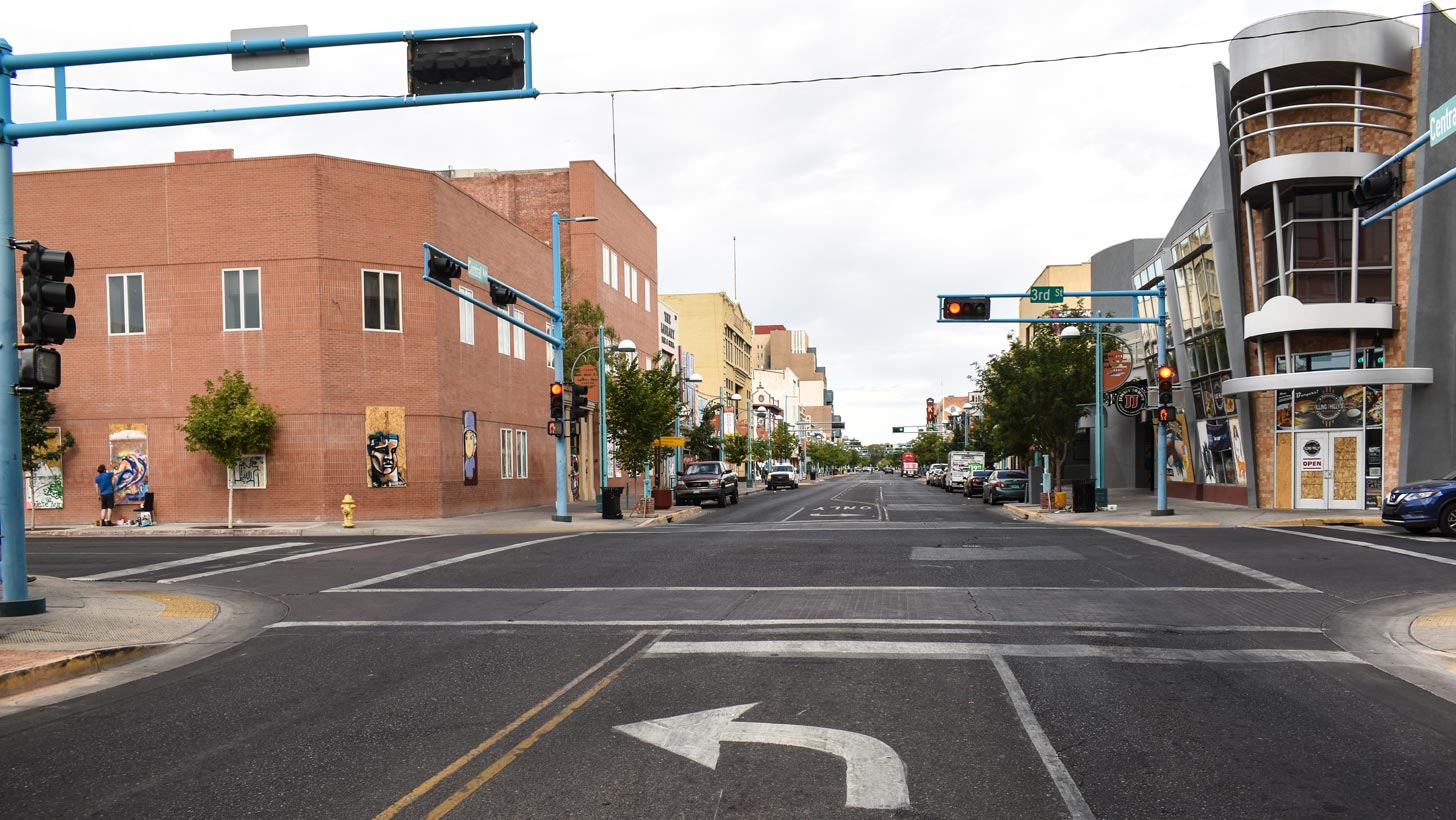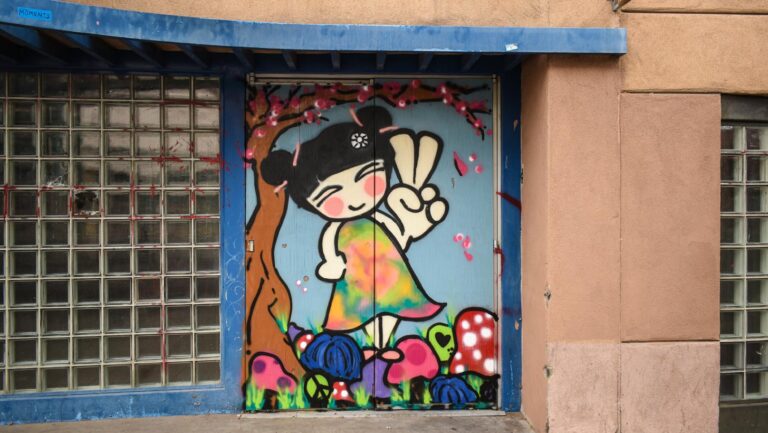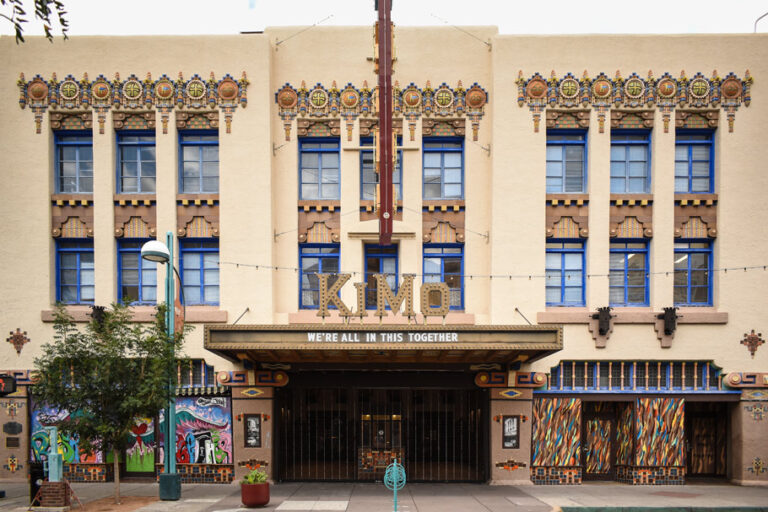The Long Avenue To Recovery
Downtown, Facing Setback After Setback, Eyes A Tough Future


Our old office has never looked better. No really, it hasn’t.
Clarke Condé

Kimo Theater was one of the buildings hit hardest through all this.
Clarke Condé




